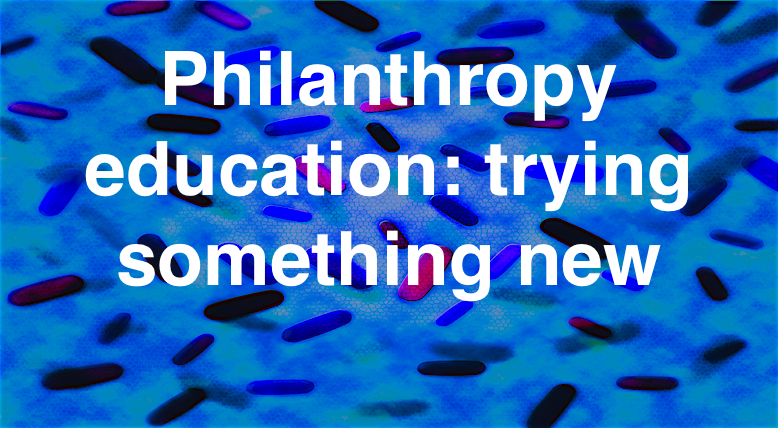This Christmas we have decided to try something new for our family. An experiment that I hope may turn into a family tradition. I hope it will help bring the family together in years to come, create an opportunity for thoughtful discussion, create opportunities to learn about each other, from each other and to contribute in a small way to doing some good. Giving is not foreign to my children, their school or their friends. Little thought, however, generally goes into the effectiveness of their giving. Giving is often opportunity based, a need they have recently become aware of, or a fad that has captured their attention. Even as teenagers they are becoming inquisitive and aware of the many thousands of charities trying to do good and the concept of paid fundraising activities from telemarketers, doorknockers, and people dressed in koala suits and the like. Donor fatigue is in the shadows. What may be of benefit is an introduction the concept of planned giving. A few months ago I had a discussion with a philanthropist (thanks Deb), about the concept of placing a gift (a modest sum of money) under the tree for the children to decide a single charity they should donate it to as a group. To me this offers not only a good way to encourage sustainable giving, but also an opportunity to help develop a number of fundamental skills that will not only help with philanthropy, but perhaps some skills that could also be applied in a wider context. To start the experiment this year I thought we could introduce some of the following concepts:
1. They should ALL enjoy their giving.
This means that they will need to identify and talk about common issues they wish to support. It will also provide an opportunity to think about what differences they wish to make and how charities may achieve and report upon their mission.
2. This will provide them with an opportunity to think more broadly about why they would select one charity over another.
This will provide an opportunity to discuss items such as:
- Registered charities (ACNC) and any red flags that may exist;
- Governance and in particular transparency and independence;
- Leadership and the balance between fundraising and mission;
- Strategy, how it is articulated and applied; as well as
- Reputation and expertise in the relevant field.
3. It would be good to talk about why they may choose not to support a particular charity.
4. They should take ownership of the process and their choices.
This should not feel like hard work. It won’t be graded, I won’t be looking over their shoulder and other than an initial discussion about what some of the above means I will only be available to answer questions, but not influence them on their decisions. The scientist in me says that as an experiment n=1. I am confident that everybody’s children, families and circumstances vary and that there will be many different and valid approaches. Please take up the challenge, join in and contribute to the discussion.

